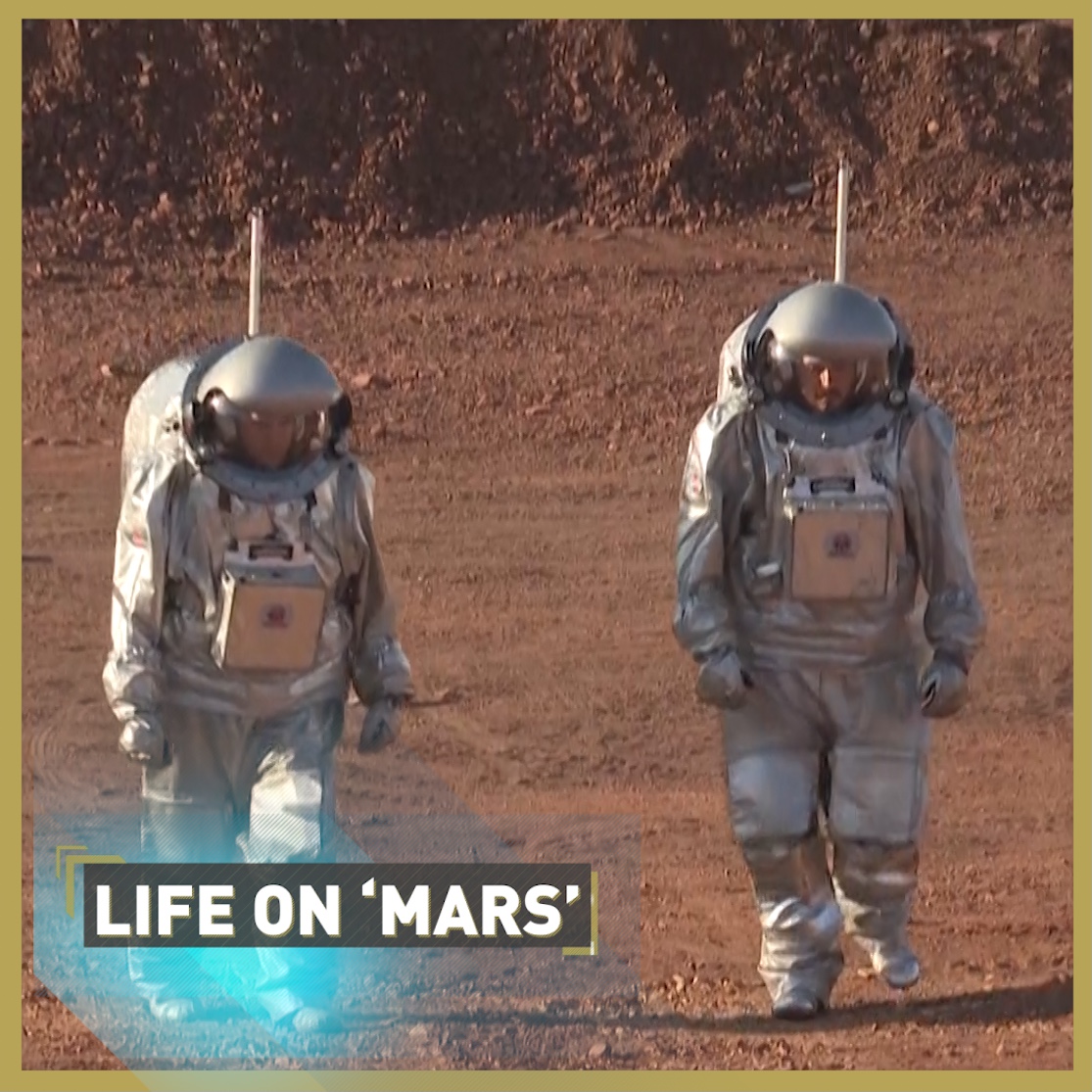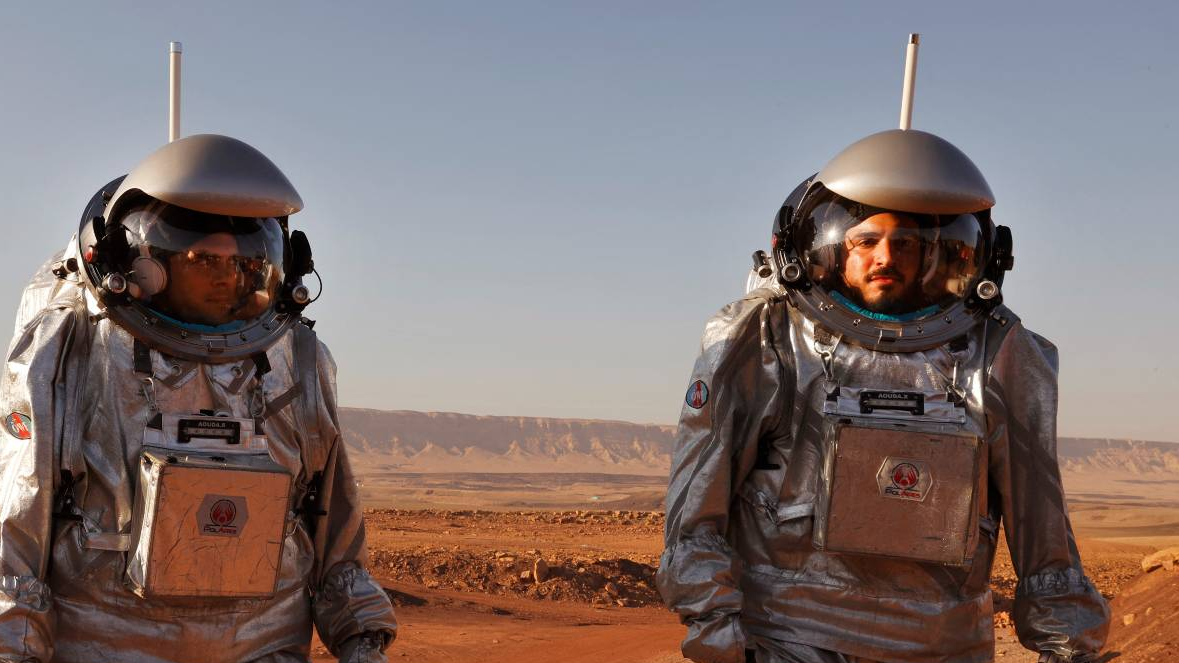00:51

From the door of the expedition base, a few small steps to the left an autonomous rover passes by. A few giant leaps to the right is an array of solar panels. The landscape is rocky, hilly, tinged with red. Purposefully it resembles Mars.
Here, in the Ramon Crater in the Negev desert of southern Israel, a team of six - five men and one woman – have begun simulating what it will be like to live for about a month on the "Red Planet."
Their AMADEE-20 habitat is tucked beneath a rocky outcrop. Inside, they sleep, eat and conduct experiments. Outside, they wear mock space suits fitted with cameras, microphones and self-contained breathing systems.
READ MORE
Saving life on Earth: The Agenda
La Palma volcano issues huge lava slabs
Zoo BioBanks aim to recapture diversity
"We have the motto of 'fail fast, fail cheap,' and have a steep learning curve. Because for every mistake we make here on Earth, we hope we don't repeat it on Mars," said Gernot Gromer, director of the Austrian Space Forum.
The Austrian association is running the project together with the Israel Space Agency and local group D-MARS.
Several recent Mars probes have captivated space fans across the world, with robotic rovers such as NASA's Perseverance and, for the first time, the helicopter Ingenuity, offering a glance of the planet's surface. But a manned mission is likely more than a decade off.

Astronauts from the Europe and Israel team walk in spacesuits. /AFP/JACK GUEZ
Astronauts from the Europe and Israel team walk in spacesuits. /AFP/JACK GUEZ
Preparing for a manned-mission
With AMADEE-20 the team hopes to bring new insight that will help prepare for that mission, when it comes.
"The habitat, right now, is the most complex, the most modern analog research station on this planet," said Gromer, standing beside the 120 square-meter structure shaped like two large, connected yurts.
The six team members are constantly on camera, their vital signs monitored, their movements inside are tracked to analyze favorite spots for congregating. All this to better understand the human factor, Gromer said.
Outside, other engineers and specialists work with a drone and rover to improve autonomous navigation and mapping on a world where GPS is not available.
Altogether, they will conduct more than 20 experiments in fields including geology, biology and medicine and hope to publish some of the results when finished.
Source(s): Reuters

